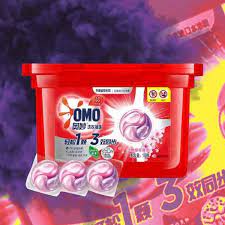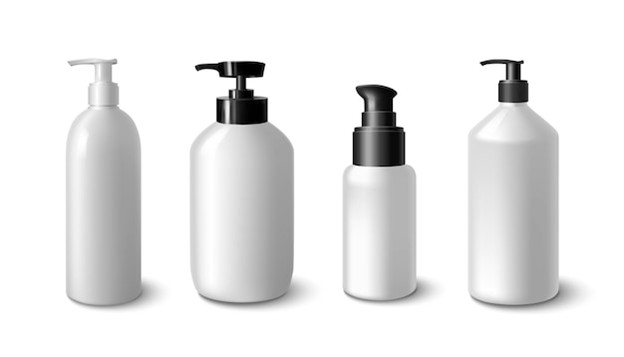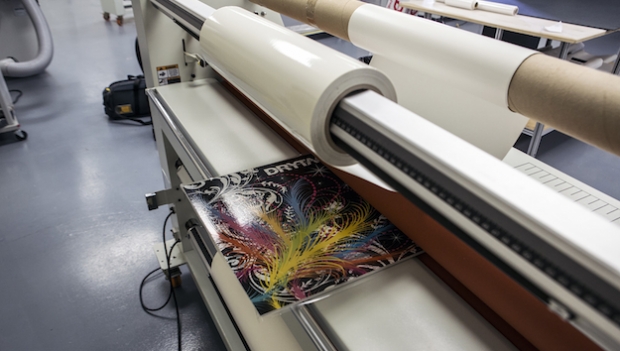
Working alongside two partners – carbon recycling company LanzaTech and India Glycols, a manufacturer of green technology-based chemicals – we have produced a surfactant made from carbon emissions.
Surfactants are a key ingredient for creating the foam and cleaning action of many household cleaning and laundry products. They are typically derived from fossil fuels, but this new process means we can now make them using recycled carbon.
There are three stages to the process. LanzaTech first captures the industrial emissions at a steel mill in Beijing and converts the waste gases into ethanol. India Glycols then converts the ethanol into ethylene oxide, which is used to make a range of ingredients, including surfactants. We then use this surfactant in the manufacture of our new OMO (Persil) laundry capsules at our Hefei factory in China.
The process LanzaTech is using to create ethanol from captured carbon cuts the greenhouse gas emissions by 82% compared to the traditional fossil-fuel process.
The new limited-edition OMO capsules launched in China on 22 April – at no extra cost to consumers – marking the first time that a surfactant made using captured carbon emissions has come onto the market in a cleaning product.
“Advancements in technology like this means we can now reinvent the chemistry of our products,” says Peter ter Kulve, President of our Home Care division. “Instead of valuable carbon being released directly into the atmosphere, we can capture it and recycle it in our products in place of using fossil fuels.
“We want to make sustainability easy for everyone that uses our products. New innovations like this help move our iconic cleaning brands away from fossil fuels without compromising on performance or affordability. We’re excited by the potential that this breakthrough represents for future innovations across our portfolio and our industry.”
Turning off the tap for fossil carbon
The launch of the new OMO capsules hit the shelves just as independent researchers Nova Institute publishes a first-of-its-kind report examining an overlooked aspect of climate change: embedded carbon.
The report calculates that 450 million tonnes of carbon are used each year to create organic chemicals and derived materials that go into everyday products from detergents to clothes, car tyres to mobile phones. If these products aren’t recycled or renewed at their end-of-life stage, most of this embedded carbon will end up in the atmosphere as CO2.
As the world focuses on decarbonising energy and mobility, this hidden problem is yet to be tackled. With demand for these products on the rise, the report highlights a radical transformation of this sector is needed with renewable carbon production to be increased by a factor of 15 by 2050.
As well as demonstrating the extent of the challenge, the report outlines two ambitious scenarios for 2050 that includes the total phase-out of additional fossil carbon resources. It also identifies three primary sources of alternative renewable carbon sources: recycling, biomass and CO2 capture.







